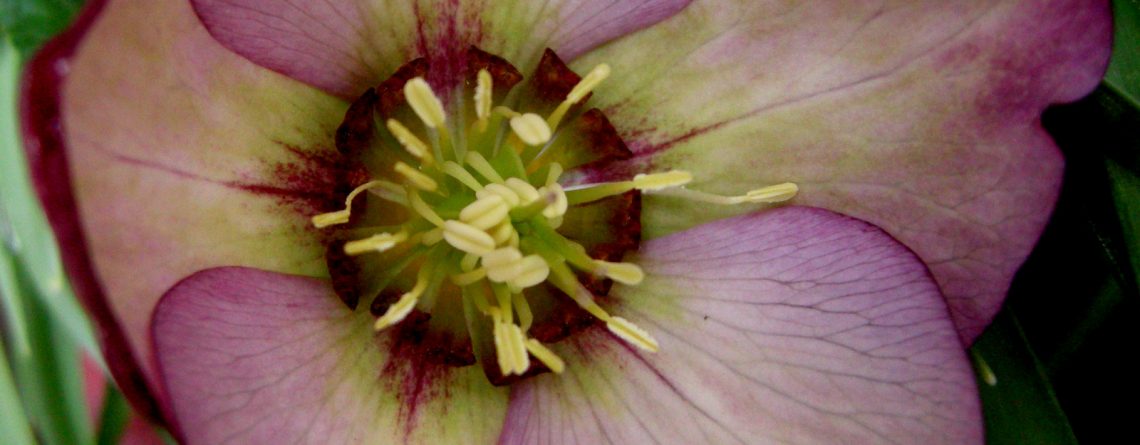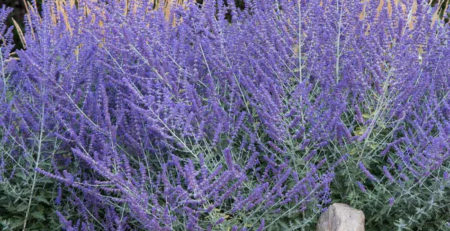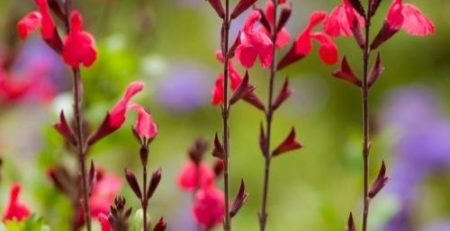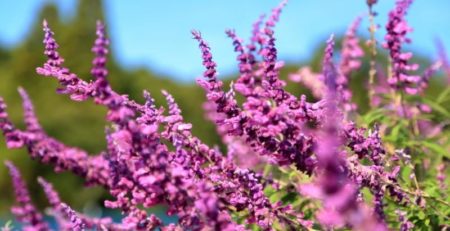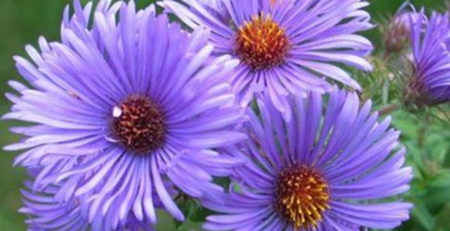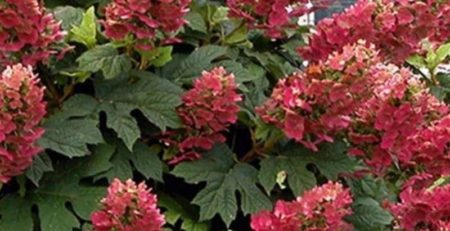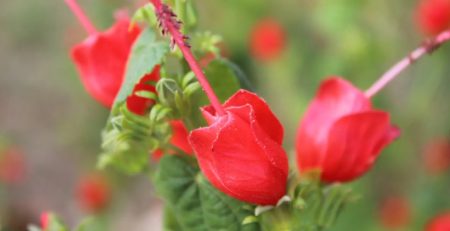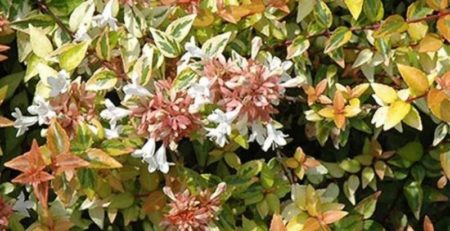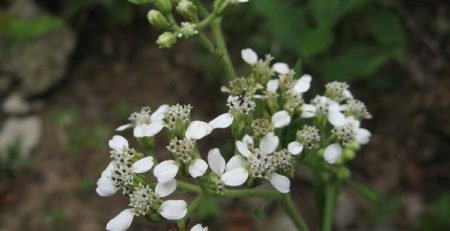Plant of the Month: ‘Phoenix’ Hellebore
Reminiscent of a beautiful watercolor, the petals of ‘Phoenix Hellebore’ (Botanical Name: Helleborus x hybridus ‘Phoenix’) unfurl in late winter to present softly blending hues of apple green edged with vivid rose-pink or red. To the gardener’s delight, this lovely plant may also exhibit cup-shaped blossoms in exquisite shades of purple, violet, white, lavender, or gold. New garden hybrids, such as ‘Phoenix,’ are cultivated continuously within the category ‘Helleborus x hybridus.’
Presenting a broad spectrum of shades and patterns, these hybrids are most often grouped according to flower color. Many possess exotic markings, such as brightly speckled petals, contrasting margins, or distinctly colored veins. ‘Phoenix’ features abundant nodding blossoms with vibrant yellow stamens in contrast to an elegant backdrop of glossy, evergreen, elliptic or lance shaped leaves with serrated margins. The attractive leaves are palmately divided into segments in an alternate arrangement. The flowers may persist for a period of six months, slowly fading as summer nears to make way for uniquely ornamental and interesting seed heads.
Hardy within USDA zones 4-9, the amazing ‘Phoenix’ has been bred to deliver vibrant color from November through April! Frequently referred to by the common name, ‘Lenten Rose,’ hellebores are members of the Buttercup family (Ranunculaceae) and are native to southern Europe. Reaching an average height of 18-24 inches, hellebores deliver dramatic color and texture to the garden at a time of year when few other blooming perennials have yet to emerge.
Phoenix’ is most spectacular massed into large groups and should ideally be planted near doorways, windows, patios, or garden pathways where its beauty can be appreciated. The lush, leathery foliage may create a superb groundcover or accompany shade-loving companion plants, such as lush ferns or hosta lilies.
It is important to know that hellebore leaves and roots are toxic and must never be ingested by humans or pets. In fact, the botanical name, ‘Hellebore,’ is derived from the Greek terms, “helia,” meaning “to injure,” and “bora,” meaning “food.” ‘Phoenix’ matures slowly and may live for more than 20 years! This easy-to-grow, long-blooming evergreen has become the shining star of the winter garden.
If you would like to learn more about ’Phoenix,’ click on https://planttagg.com/pr2422/.
PlantTAGG is the most technically advanced mobile solution for helping gardeners learn about and care for their plants. PlantTAGG’s goal to educate gardeners blends seamlessly with the mission of the Master Gardener program to provide research-based horticultural information to the residents of Dallas County and beyond. To set up your own yard, text ‘PLANTS’ to 46376.

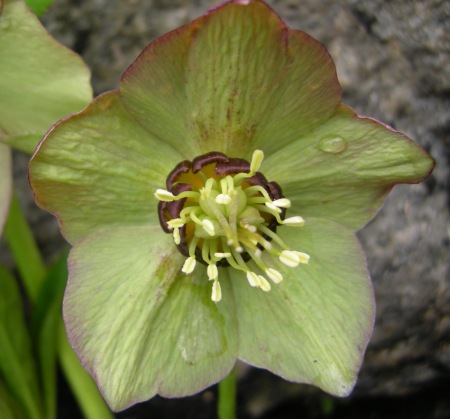
Common Name: Phoenix Hellebore
Botanical Name: Helleborus x hybridus ‘Phoenix’
Plant Family: Ranunculaceae
Category: Perennial
Lifecycle: Perennial
USDA Symbol: HELLE
USDA Zone North: 4A (-30 to -25)
USDA Zone South: 9B (25 to 30)
Sun Requirement: Partial Shade (2-4 hours per day)
Sun Requirement (Alt): Full Shade (little to no direct sun)
Water Requirement: Medium
Growth Rate: Slow
Plant Adult Height: 18-24 in.
Plant Spacing: 18-24 in.
Plant Adult Spread: 18-24 in.
Leaf Retention: Evergreen
Flower Time: Winter, Spring
Poisonous: Human Toxic, Pet Toxic

